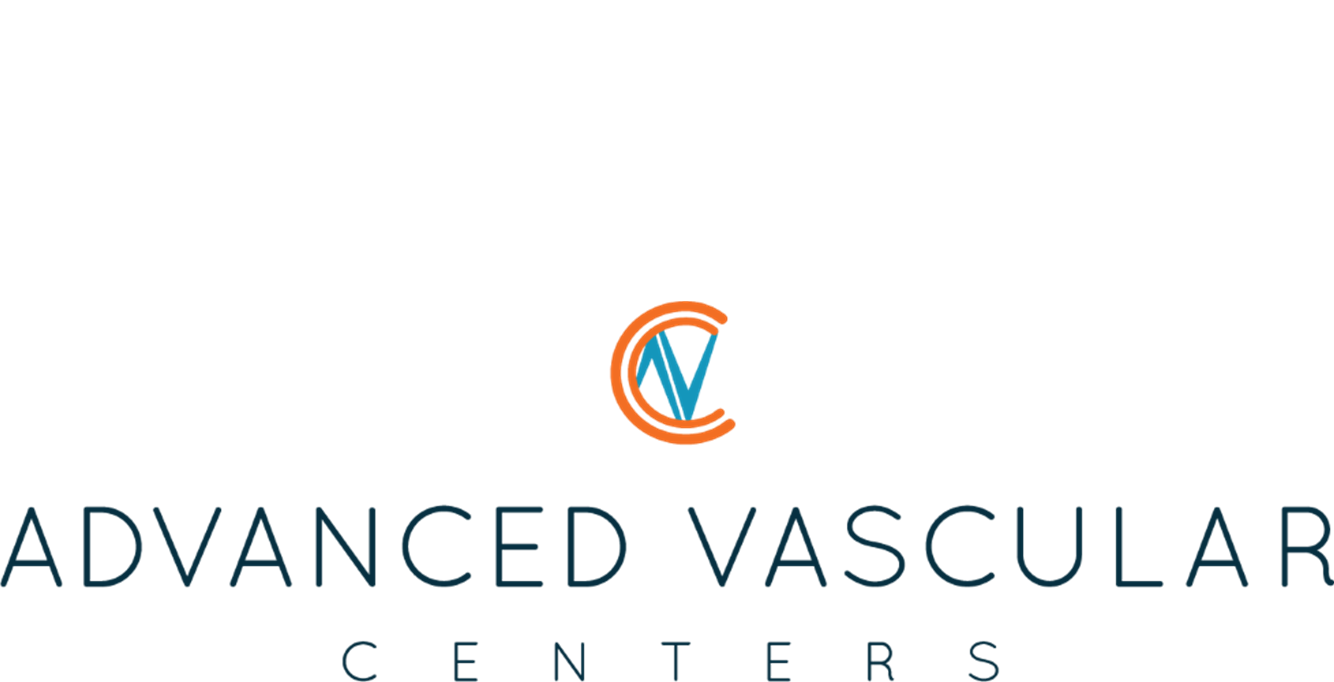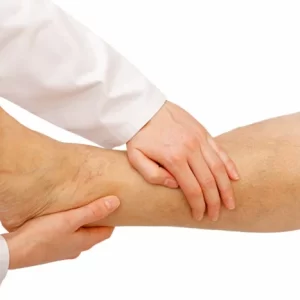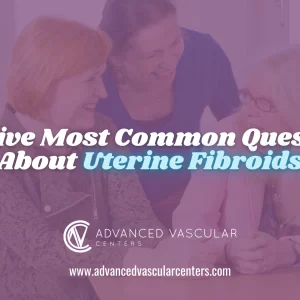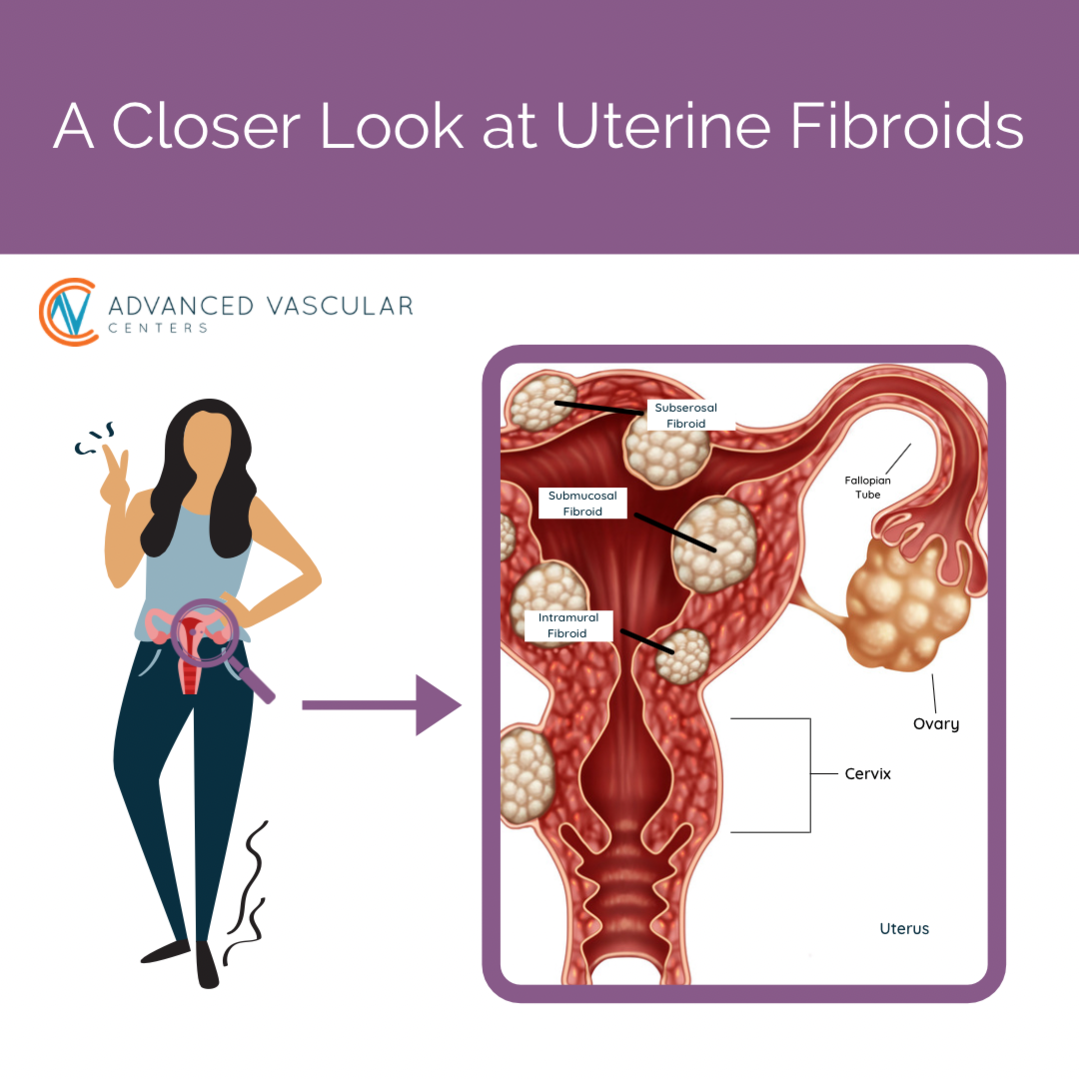PORT-A-CATH
Port-a-Cath, also known as a port, is a device placed under the skin that allows for easy access to the bloodstream. It is commonly used in patients who require frequent or long-term intravenous (IV) medications, chemotherapy, or blood draws. Port-a-Cath placement is a minor surgical procedure performed under local anesthesia. This article explores the indications, procedure, benefits, risks, and post-procedural care associated with Port-a-Cath placements.
Contact AVC to see if you are a candidate for Port-a-Cath.
Overview of
Port-a-Cath Placement
Port-a-Cath is a type of central venous access device (CVAD) that consists of a port reservoir and a catheter. The port reservoir is placed under the skin, usually in the upper chest area, and the catheter is inserted into a large vein, such as the subclavian vein or the jugular vein. This allows for easy access to the bloodstream for the administration of medications or fluids.
Indications for Port-a-Cath Placement
Port-a-Cath placement is indicated in patients who require:
- Long-term IV medications or chemotherapy
- Frequent blood draws for laboratory testing
- Difficulty with peripheral IV access
- Preservation of peripheral veins
The Port-a-Cath Placement Procedure
- Pre-procedure Assessment: The patient’s medical history is reviewed, and a physical examination is performed to assess the suitability for the procedure.
- Informed Consent: The procedure is explained to the patient, including its purpose, potential risks, and benefits, and informed consent is obtained.
- Preparation: The patient is positioned comfortably, and the skin over the insertion site is cleaned and sterilized. Local anesthesia is administered to numb the area.
- Catheter Insertion: A small incision is made in the skin, and the catheter is inserted into the vein using ultrasound or fluoroscopy guidance to ensure proper placement.
- Port Placement: The port reservoir is placed under the skin, and the catheter is connected to the port. The incision is closed with sutures or adhesive strips.
- Post-procedure Care: After the procedure, the port is flushed with saline and heparin to maintain patency. The patient is monitored for any signs of complications, such as bleeding, infection, or catheter malposition.
Risks and Complications
While Port-a-Cath placement is generally considered safe, it carries certain risks, including:
- Infection at the insertion site or along the catheter
- Bleeding or hematoma formation
- Catheter malposition or migration
- Thrombosis (blood clot formation) in the vein
FAQS
What is a Port-a-Cath, and why is it used?
A Port-a-Cath is a type of central venous access device (CVAD) used to provide long-term access to the bloodstream for medications, chemotherapy, and blood draws. It consists of a port reservoir and a catheter that is inserted into a large vein, typically in the chest.
How is a Port-a-Cath placed?
Port-a-Cath placement is a minor surgical procedure performed under local anesthesia. A small incision is made in the skin, and the catheter is inserted into a large vein. The port reservoir is then placed under the skin and connected to the catheter.
Is Port-a-Cath placement painful?
Port-a-Cath placement is typically performed under local anesthesia, so patients may feel some pressure or discomfort but should not experience significant pain during the procedure.
How long can a Port-a-Cath remain in place?
Port-a-Caths can remain in place for months to years, depending on the patient’s needs. They require regular flushing and maintenance to prevent complications such as infection or clotting.
Can a Port-a-Cath be used for chemotherapy?
Yes, Port-a-Caths are commonly used for administering chemotherapy drugs. They provide a reliable and convenient access point for delivering these medications.
How is a Port-a-Cath removed?
Port-a-Cath removal is a minor procedure performed under local anesthesia. The catheter is removed, and the port reservoir is then detached from the catheter and removed from under the skin. The incision is closed with sutures or adhesive strips.




